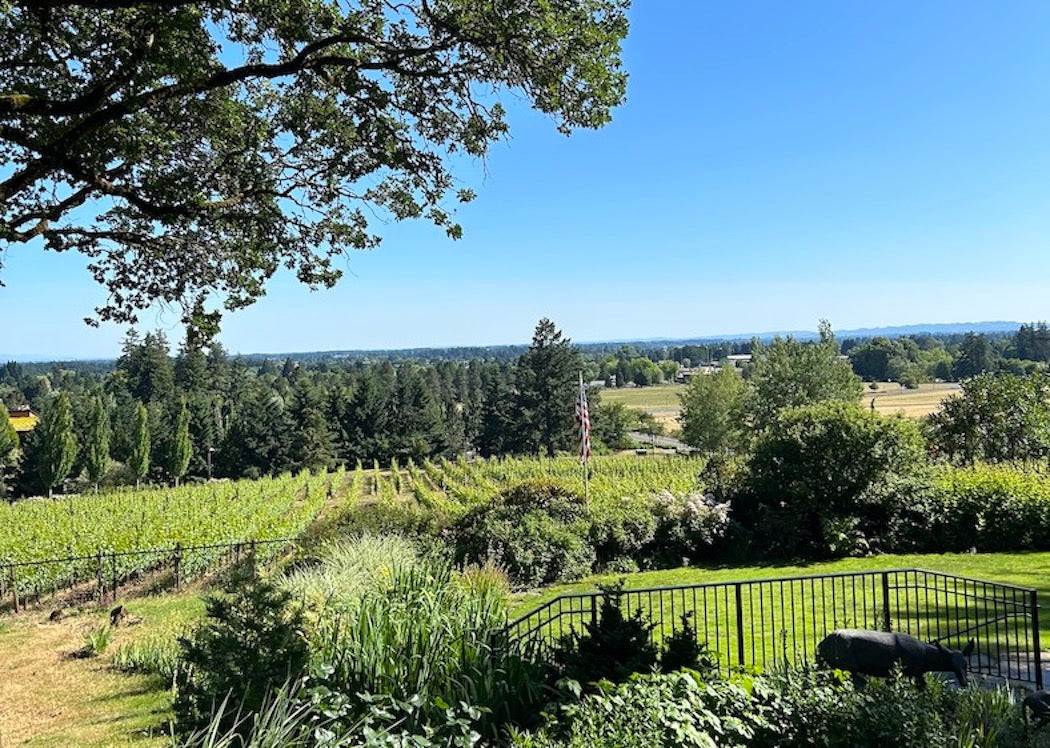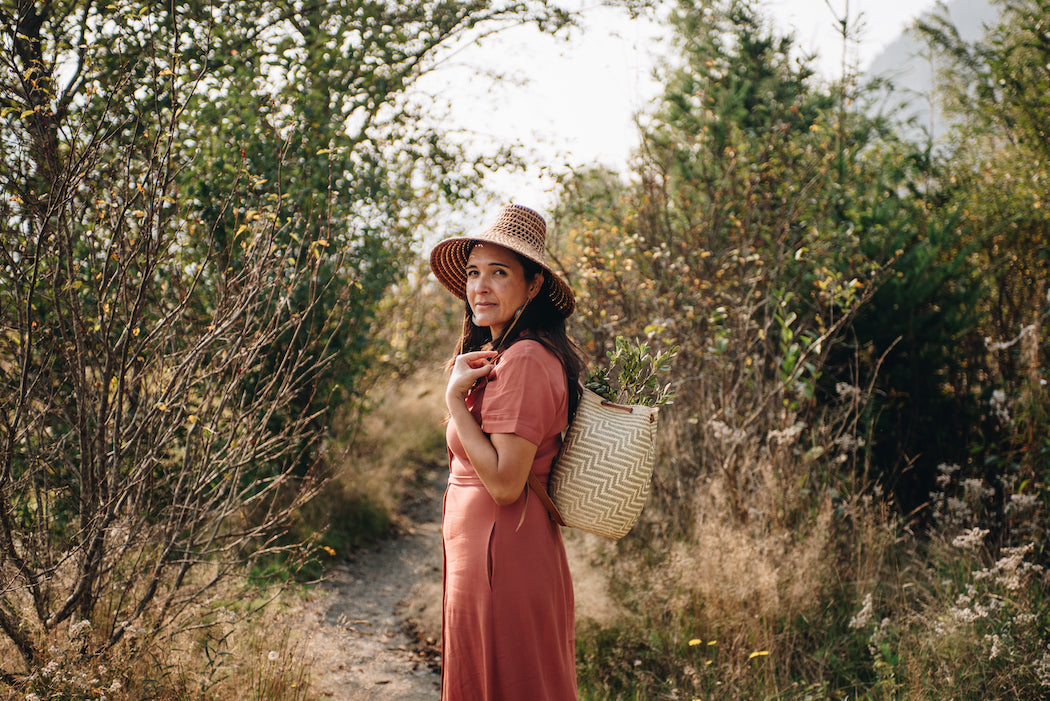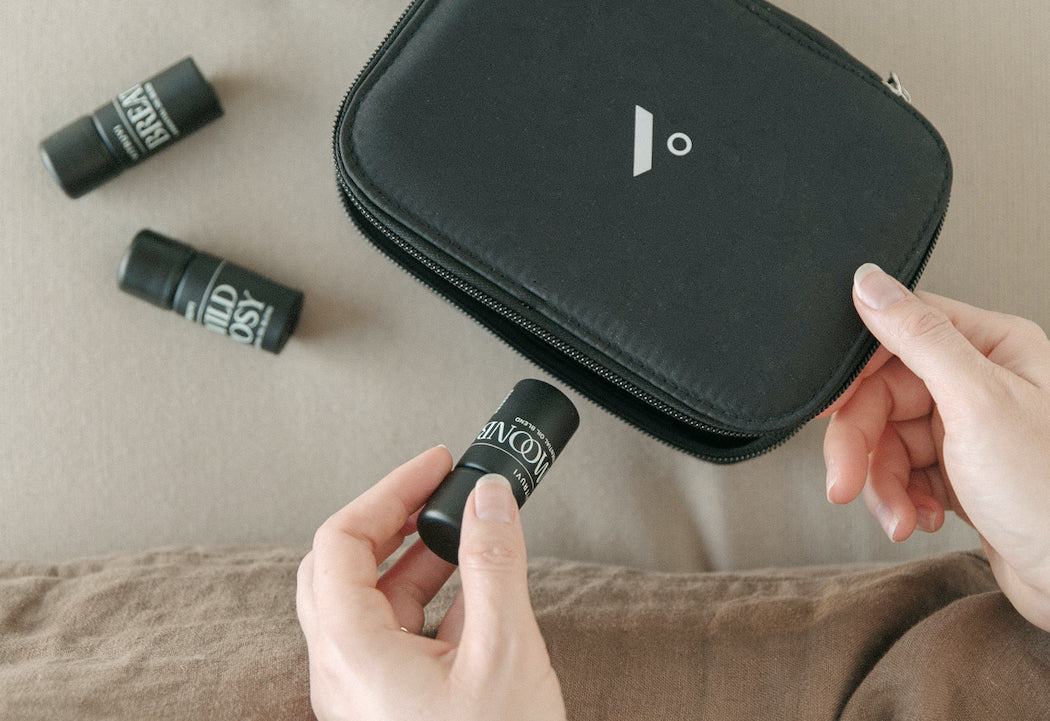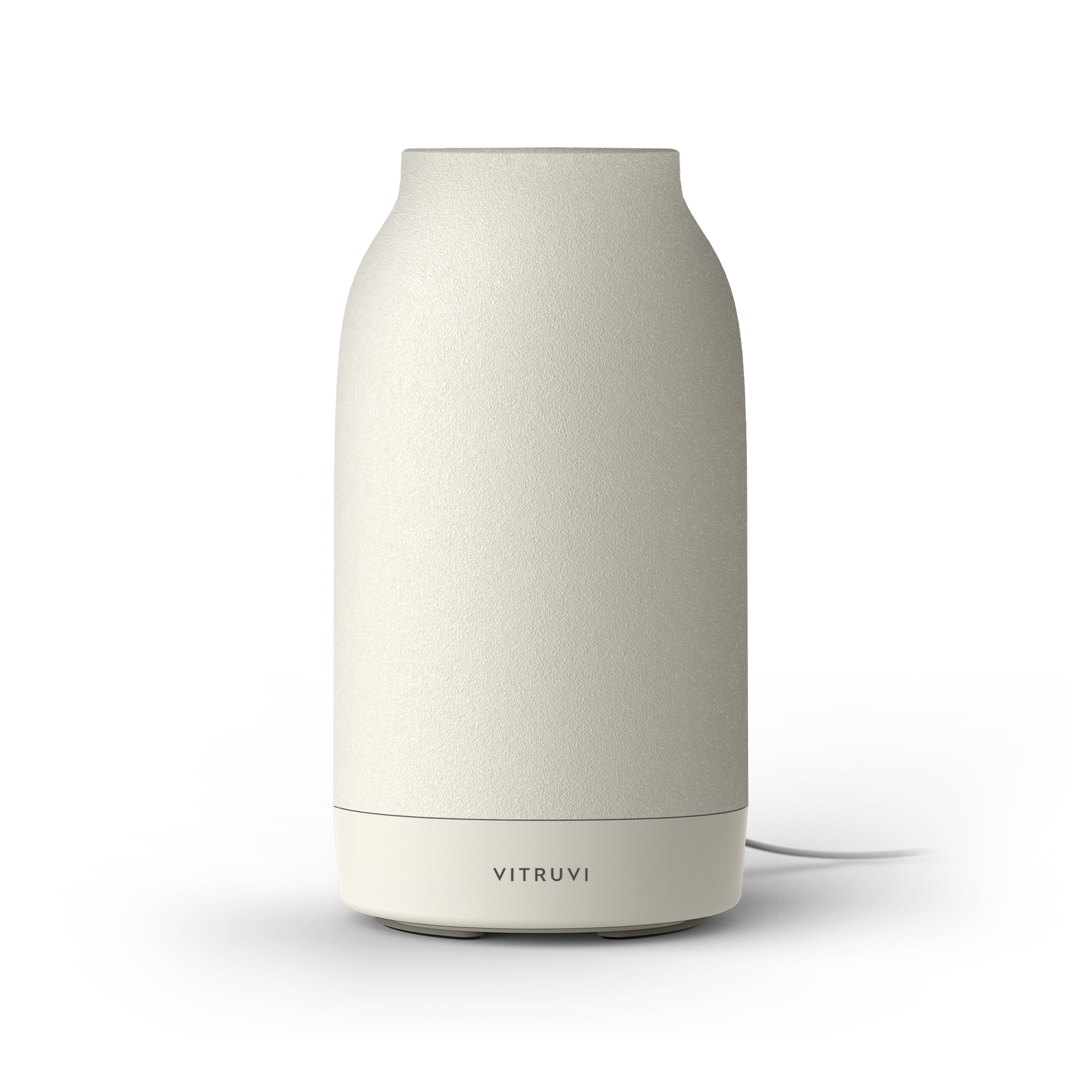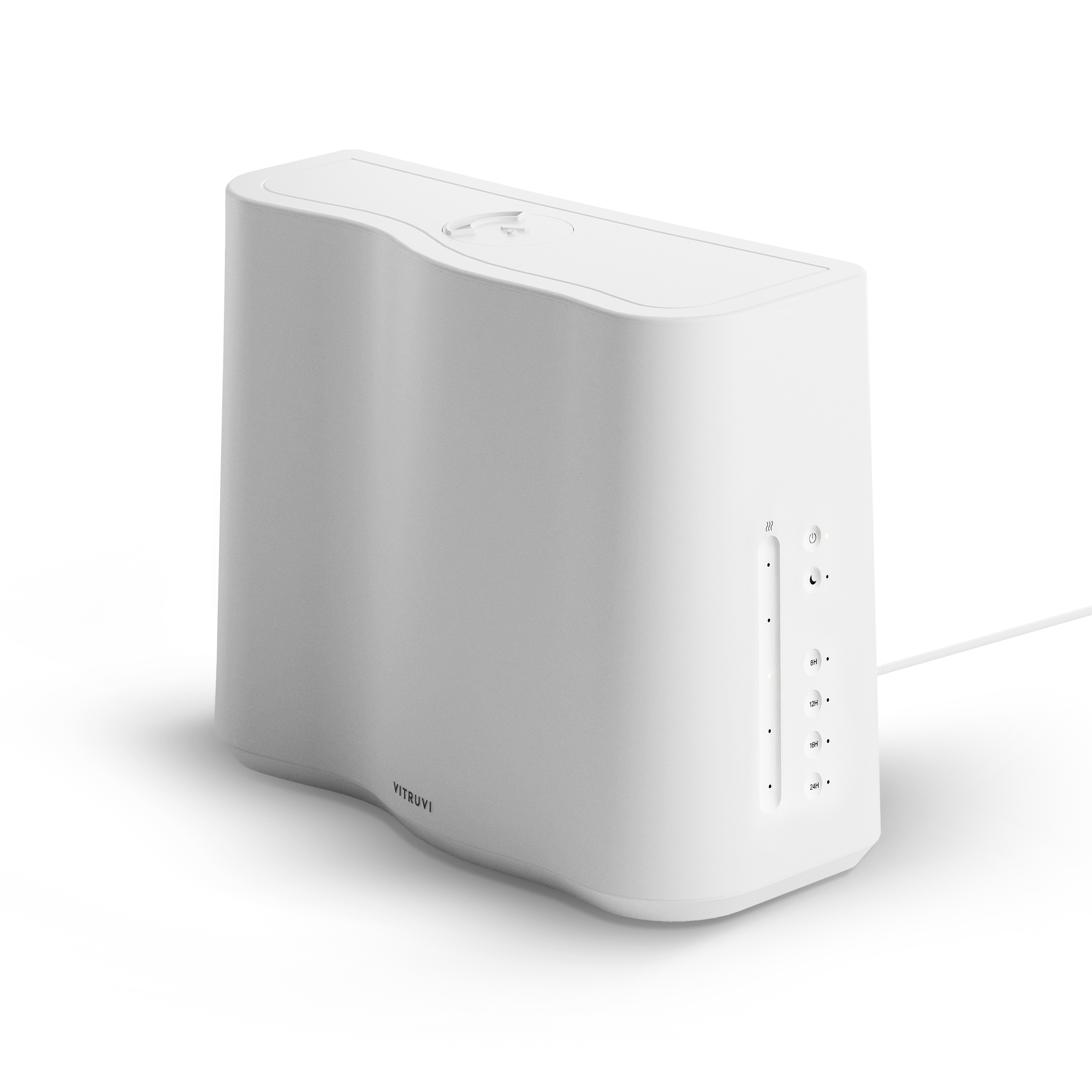Browsing the liquor store for a bottle of wine can be as intimidating as shopping for a new serum at Sephora—surrounded so many enticing things, it’s often hard to know where to begin.
The more health-minded oenophiles may be inclined to go the route of natural wine, which cuts out a lot of the bad stuff without cutting out vino altogether (life’s about balance, right?). Still, many of us (hello!) reading the labels don’t really know what the various terms actually mean. Organic versus natural? Biodynamic? Wild ferment? If you say so.
“The idea of natural wine is still something that’s only really being talked about in the winemaking community,” says Alison Scholefield, who heads up marketing for her family’s winery, Okanagan Crush Pad. “My guess would be that the word about natural wine starts to get out a little bit more.”
Located in Summerhill, British Columbia, Okanagan Crush Pad is an organic, biodynamic winery producing some of the region’s best. Founded by Scholefield’s mom and stepdad, it transitioned to being fully certified organic before it was trendy to do so.
“My mom has a story about our dogs who were running through the vineyard, and they were getting rashes from the chemicals that were being used in the vineyard. And she felt like she didn’t want the dogs running through the vineyard, and she was like, ‘This is crazy, how can we be farming like this?’” Scholefield explains. “Unfortunately, at the time, that was the conventional farming method in the Okanagan—and it’s so not necessary, because we have such a good climate in the Okanagan. If you’re farming properly and really paying attention to the vineyards, you don’t have to do a lot to them.”
Over breakfast at Caffe La Tana on Vancouver’s Commercial Drive, Scholefield helps break down the various health-conscious buzzwords that can don a wine label—so that next time you’re looking for a bottle, you know exactly what you’re getting.
Organic
“We’re certified by PACS [the Pacific Agricultural Certification Society]. There are a bunch of different ways to be certified. Our vineyards are certified organic and we also have our winery certified organic. From a vineyard point of view, that means there’s a lot of chemicals that you’re not using in the vineyard. Even down to your vineyard posts, they look for metal vineyard posts as opposed to wooden vineyard posts because wood can leach chemicals into the vineyard (and those chemicals take years to remove from the soil). There are a lot of protocols that you have to meet. It takes three years to transition a vineyard. And if anything was to happen in that three years and somebody accidentally sprayed something that they shouldn’t have, you’d have to start all over again.
In the winery if you’re certified organic, they actually certify lots of wine. So it’s not the whole cellar but they’ll actually do an audit of each batch of wine to certify it organic.
And then for us we take that further in our winemaking process, so we also really shy away from adding anything to the wine at all in the cellar. And we use natural yeast when we make the wine, so we are using yeasts that are native to the vineyard. We start a fermentation naturally and don’t use commercial yeast.
If you’re using commercial yeast, it adds generic flavour to the wine and you’re killing all of that natural, unique characteristic from the vineyard.”
In summary: it’s wine that has not been made with chemicals. That means no chemicals used to grow the grapes and no chemicals added to the wine itself during fermentation.
Biodynamic
“The idea of the vineyard being its own sustainable ecosystem is something that’s really important to us as well. And that goes into the idea of biodynamic. There are a lot of practices involved in biodynamics that are really interesting; it’s kind of almost witchcraft. We don’t do all of that stuff, but part of the biodynamic philosophy that we adopt is the idea of biodiversity.
There are so many interesting things you can do, such as planting certain plants to attract good bugs to the vineyard. So we have lavender planted at the end of each row [to attract bees]. We also have a beehive at [our] Switchback Vineyard; and we have chickens and ducks, so they roam around and they eat bugs, and they also fertilize as they’re going around. We also have sheep at [our other vineyard] Garnet Valley Ranch; they go through and they eat grass, and they also fertilize the vineyard. So there’s that whole idea of biodiversity and not having monocultures that is a really important part of biodynamics.
At Garnet we also have eight acres of vegetables that are farmed by a local farmer, and those are certified organic as well. We also have dogs to protect the sheep.”
In summary: it’s wine made using grapes from a self-sustaining vineyard ecosystem. It further decreases the need for chemicals as the plants and animals are working symbiotically to keep everything healthy.
Natural
“There’s a lot of controversy about what natural wine is, it’s very interesting.
I think a lot of people associate natural wine with wines that have a lot of skin contact and basically no additives at all, so no sulfites, no preservatives of any kind. And I think that that’s a really great philosophy; I do think that part of the reason it’s controversial is that some people think there are some natural wines that are being made that aren’t actually stable and they’re not good wines, but it’s kind of cool to say that they’re good.
But I think it’s great that people are aware of what can be added to wine. There are so many people who don’t realize how much sugar, for example, can be in commercial, mass-produced wines. So if that’s helping people understand what’s in their wine and think about how it’s being made, I think that’s really good.”
In summary: it’s up for debate, as there is no regulating body or certification process for calling a wine “natural.” Overall it should be a wine made without the use of chemicals or preservatives, which will give it a funkier taste.
Wild ferment
“The way we wild-ferment wines, for example with Switchback Vineyard, is we take a bucket and pick different grapes from the vineyard, mash them down in the vineyard, and put a lid on—and basically the wine starts fermenting on its own in the bucket. You don’t even have to add any yeast to it. Then we take that and add it to the rest of the wine, and that’s a way of starting the fermentation naturally, without having to use any commercial yeast.
The yeast is on the skins of the grapes, so that’s how it just starts fermenting, which is so interesting. We’ve had students from UBC [the University of British Columbia] doing a study at Switchback to actually examine the yeast in our vineyard that’s unique to our vineyard.
If you’re using commercial yeast, you’re just killing that natural, unique quality that only exists in that vineyard. So when we started doing wild fermentation, it changed the wine so much. There’s a lot of pinot gris in the Okanagan, and we made it our mission that if we’re making more pinot gris, then our pinot gris has to be really unique and there has to be a reason for why we’re making it. We wanted it to be a wine where people could taste it and know, ‘Oh, that’s from Switchback Vineyard.’”
In summary: it’s wine that is made without commercial yeast. Instead, it utilizes a natural fermentation process using the grapes grown from that particular vineyard.
Vegan
“A lot of people don’t know that sometimes in winemaking, different products can be added in the winemaking process—like egg whites sometimes—to fine the wine. That would be used in red winemaking. Also sometimes there are fish products.
That was another choice that we made in our winemaking because I think it’s really important to people nowadays to know if they’re vegan.”
In summary: it’s wine made without the use of animal products.
Orange
“Orange wine is wine that has had a lot of skin contact, so that’s where the orange comes from.
It’s basically making a white wine the way a red wine is made; typically red wines have a lot of skin contact, which is where the colour comes from. White wines generally aren’t made with a lot of skin contact, so that’s where the orange wine idea comes from. So that can sometimes be eight months of skin contact for an orange wine.”
In summary: it’s white wine that sits in contact with grape skins for longer than usual, thus increasing its colour.
As for what’s the right kind of wine for you, like with anything, you’ll have to discover that for yourself. What a delicious adventure.
This interview has been edited and condensed.


